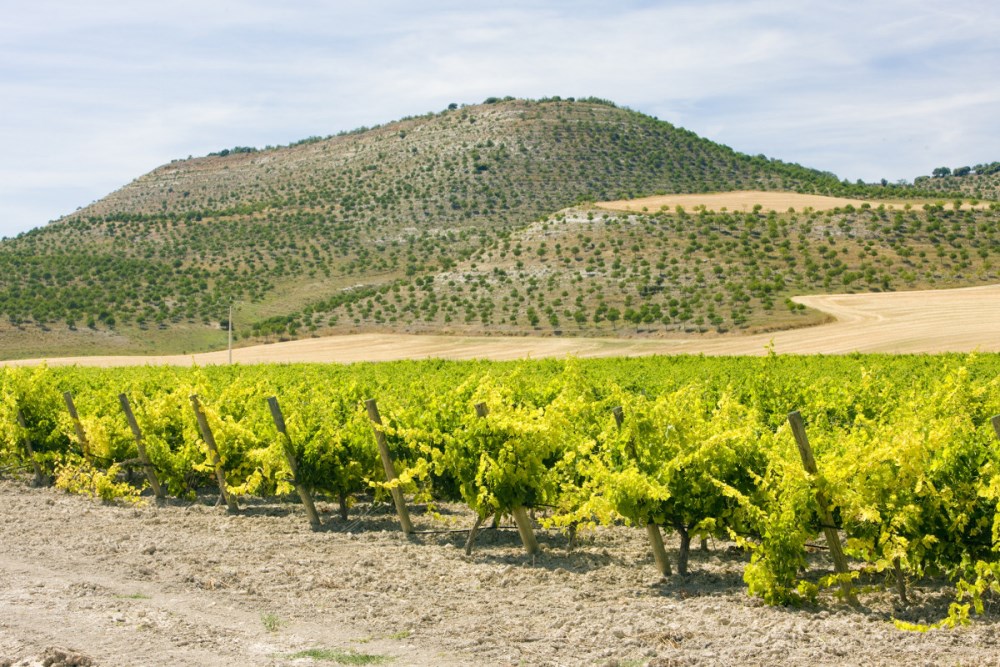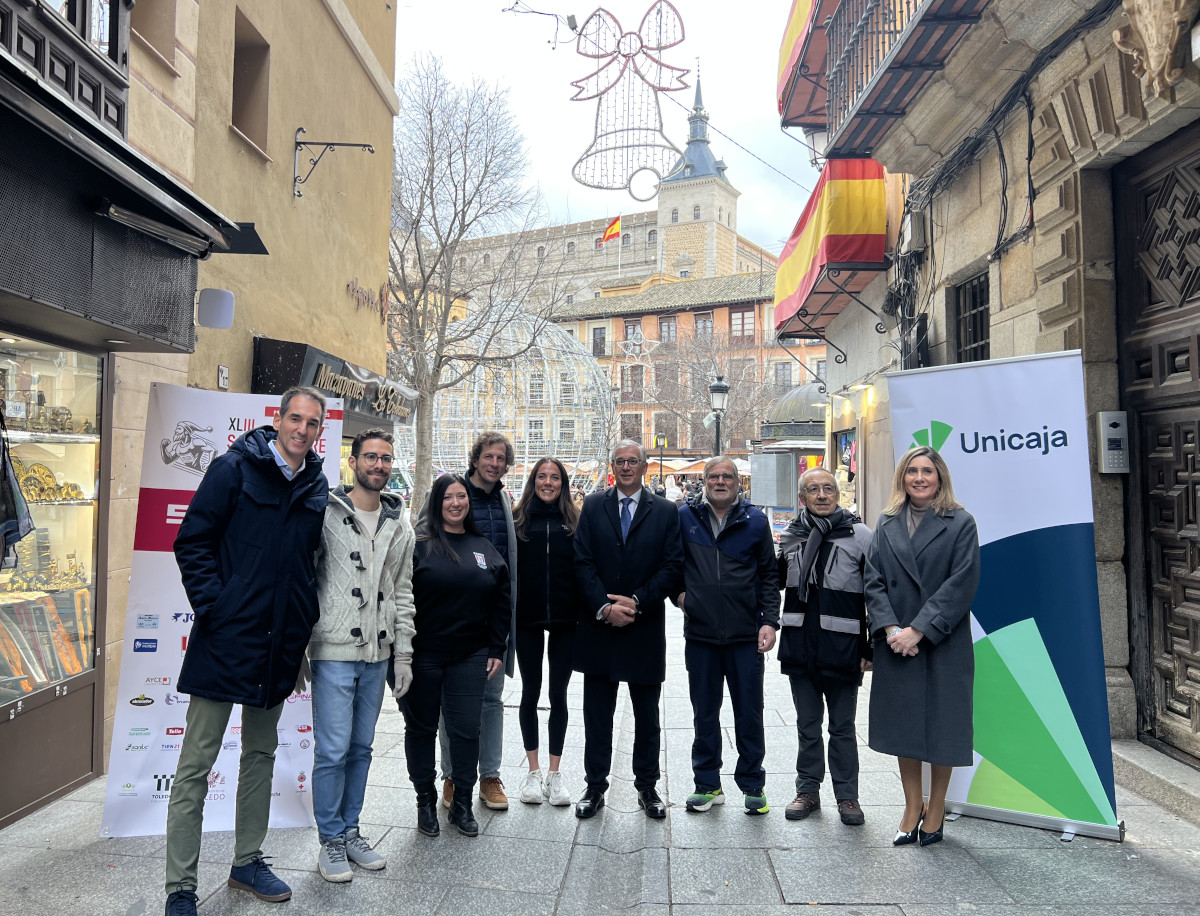Unicaja Banco has published the issue number 22 of the quarterly report ‘Previsiones Económicas de Castilla y León’ (Economic Forecasts for Castilla y León), prepared, as in previous editions, by Analistas Económicos de Andalucía (research company of Grupo Unicaja). According to the said report, the impact of the coronavirus health crisis on the output in the first quarter of the year has been higher than expected. Therefore, the growth forecasts for 2020 and 2021 have been revised downwards by the main international bodies. In the case of Castilla y León, the estimations made by Analistas Económicos de Andalucía suggest a remarkable decrease in the GDP and employment in the region.
In particular, in 2020, the regional GDP could fall by 9.1%-12.10%, without ruling out a higher drop if the health situation gets worse. Likewise, employment could fall by 6.3%-8.8% for the year as a whole. This way, the unemployment rate would stand at 16.5%, although it could reach 18.8% if the output recovery follows a slower path than expected.
For 2021, the estimations suggest a recovery in output and employment. The Castilla y León economy could grow, for the year as a whole, by 6.9%-8.5%. An increase of 2.9%-3.4% in employment is expected for the year average, with the unemployment rate standing at 14.1%-16.1%.
This report is divided into three sections: 1) Economic environment; 2) Recent evolution of the Castilla y León economy; and 3) Economic outlook for Castilla y León 2020-2021. The first section describes the international and national context. The second section analyses the situation of the Castilla y León economy, paying attention to the behavior of the main indicators, as well as to the productive specialization of the region. Finally, the last section includes outlooks on the forecasts on the evolution of the Gross Domestic Product (GDP) and employment in Castilla y León for 2020 and 2021.
The report also includes a chart which analyses the impact of the pandemic on the employment at a national and regional level.
Global and national economic environment
The different international institutions agree that the coronavirus pandemic has caused the most serious economic recession since World War II, what has made governments and central banks to implement exceptional measures to support the health systems, as well as household income and the productive fabric. However, the impact of the coronavirus pandemic on the output in the first quarter has been worse than expected and it is thought that the recovery will be more gradual than initially forecasted, due to the uncertainty about the evolution of the pandemic, as well as to the future commercial relationship between the UK and the EU and the course of the protectionist policies that may be applied by the main economic blocks.
In this context, the main international institutions have worsened their growth prospect of the global economy, although risks continue mainly downwards. The OECD forecasts that the global GDP will fall this year by 6.0%, and the fall will even reach 7.6% if there is a second outbreak that results in new lockdown measures. The IMF estimates a decrease in the global economy’s activity of 4.9%, with a higher concentration for the advanced economies, and, especially, for the Euro Zone.
The Spanish economy will be one of the European economies to register a higher output contraction in 2020, with the Bank of Spain expecting a GDP drop that may range from 9.0%, in an early recovery scenario, to 11.6%, in a gradual recovery scenario. The Bank of Spain does not rule out a higher decrease in a less favourable scenario of ‘slow recovery’ (-15.1%), which would include the possibility of additional strict lockdown measures.
In that sense, in the first quarter of the year, the GDP fell by 5.2% y-o-y and by 4.1% q-o-q. Both household consumption and investment have fallen by more than 5.5%. Also, a decrease has been seen in most of the productive sectors, especially remarkable in manufacturing and construction, and, within the services sector, in retail, transport and hospitality and art and leisure activities, according to the data published by the National Statistics Institute (INE).
Recent evolution of the Castilla y León economy
The latest data from the Quarterly Regional Accounts of Castilla y León, related to the first quarter of 2020, show a GDP decrease of 4.0% q-o-q and -3.2% y-o-y. The internal demand deducted 3.8 p.p. to growth, with a sharp decrease in household consumption (-4.5%) and investment (-8.1%), whereas the external balance would have posted a positive contribution of 0.7 p.p.
From the point of view of supply, and according to the data from the Quarterly Regional Accounts of Castilla y León, the fall in the Gross Added Value has increased in the agricultural sector (5.4%), in energy (9.3%) and in non-market services (3.8%), and it has decreased in the rest of the sections, with especially remarkable falls in construction (-8.4%), market services (-4.9%) and manufacturing (-4.5%).
The data available for 2Q 2020 reflect a certain recovery from May. In this line, the loss of contribution to the Social Security decreased in May and June, although it records a 3.7% fall year-on-year. Between April and June, the average number of employees under the social security scheme has increased by nearly 8,800, after falling by 30,400 between February and April. This way, in June, the average number of contributors to the Social Security amounts to 893.245 employees. Therefore, the fall in employment during the first half of the year would have been of 1.6% year-on-year, according to the data of the Ministry for Inclusion, Migrations and Social Security
Economic Outlook for Castilla y Leon 2020-2021
The forecasts of Analistas Económicos de Andalucía indicate that in 2020, the Castilla y León GDP may fall between 9.1 and 12.1%, although a higher impact cannot be ruled out if the health situation worsens.
As for employment, the number of people in work is estimated to fall by 6.3% in the year average, with the unemployment rate standing at 16.5%.
However, if the output recovery rate is slower than expected, employment could fall by around 9%, and the unemployment rate would reach 18.8%.
From the second quarter of this year, the output recovery would start, and the regional economy is expected to grow, in 2021, by 6.9%-8.5%, whereas employment would improve by 2.9%-3.4%, with the unemployment rate standing at 14.1% in the first scenario and at 16.1% in the second one.



